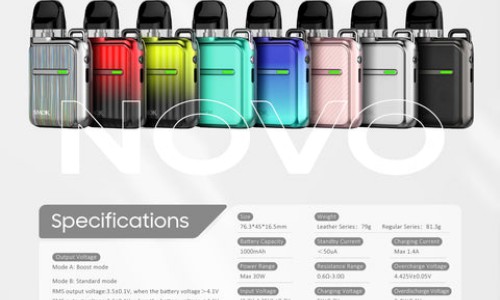
Is Vaping Cheaper Than Smoking in the Long Run?
Understanding the Financial Implications of Vaping
In recent years, the debate surrounding the financial aspects of vaping versus smoking has gained traction as more individuals transition from traditional cigarettes to e-cigarettes. While the immediate cost comparison may suggest that vaping is a more economical option, a deeper analysis reveals a multifaceted financial landscape that requires careful consideration.
The Initial Costs of Starting Vaping
When contemplating the switch from smoking to vaping, one must first consider the initial investment associated with each method. Traditional cigarettes often come with a daily expense that compounds over time; the average price of a pack varies significantly by location but can range from $5 to over $15. In contrast, the upfront cost for vaping includes purchasing a device, e-liquids, and additional accessories.
Device and E-liquid Costs

A basic vape device can range from $20 to $100, with advanced options costing significantly more. Furthermore, e-liquids are priced per milliliter, with an average of $10 to $30 for a 30ml bottle. Depending on one’s usage, the monthly expense for e-liquids can be significantly lower than that of purchasing cigarettes, making vaping a potentially more cost-effective choice in the long run.
Long-Term Financial Sustainability
While the initial expenditures may seem elevated, the long-term financial sustainability of vaping warrants attention. Regular smokers often allocate considerable funds to maintain their habit, which can add up tremendously over the years. Conversely, vapers may find themselves spending less over time, particularly if they adopt a more strategic approach to purchasing e-liquids and devices.
Maintenance and Replacement Costs
It is essential to recognize that vaping devices require maintenance and may need periodic replacement, which can introduce additional costs. Depending on the quality of the device, users may encounter expenses related to coil replacements, tank refills, and other general maintenance. Nonetheless, these costs are often less frequent than the daily purchase of cigarettes.
Health Considerations and Potential Financial Savings
The financial evaluation of vaping over smoking cannot neglect health-related expenses. Smoking is associated with a plethora of health risks that may eventually incur significant medical costs, including treatments for chronic diseases such as cancer, heart disease, and respiratory disorders. Vaping, on the other hand, is widely considered to be a less harmful alternative, potentially leading to lower long-term healthcare costs.
Impact on Insurance Premiums
In addition to direct health expenses, the financial implications extend to insurance premiums. Smokers often face higher health insurance premium rates, whereas vapers may enjoy lower rates depending on the insurance provider’s policy regarding vaping. This potential reduction in insurance costs can further contribute to the overall financial advantages of switching to vaping.
Incentives and Programs for Quitting Smoking
Many governmental and health organizations offer programs aimed at reducing smoking rates. These initiatives often provide financial support for quitting smoking through cessation programs that may include free vaping devices or e-liquid. Participants in such programs can significantly cut down their initial costs associated with vaping, further solidifying the financial benefits of this alternative.
Comparative Cost Analysis
Conducting a comparative cost analysis between smoking and vaping reveals that while both methods come with their own sets of financial implications, vaping typically presents a more favorable outcome for those seeking to reduce their expenses over time. The cumulative cost of smoking over the years is markedly higher than that of vaping when considering device longevity and reduced healthcare expenses.
Consumer Behavior and Peer Influence
Lastly, consumer behavior plays a vital role in determining the financial viability of vaping versus smoking. The growing popularity of vaping has given rise to a dynamic market where competition drives down prices for devices and e-liquids. Moreover, the social aspects of vaping, including communities and peer influence, can encourage more economical habits among users seeking to minimize their spending.
Conclusion: Weighing the Financial Advantages
In summary, while the transition from smoking to vaping may require an initial investment, a thorough evaluation of the long-term financial implications strongly favors vaping. With lower daily costs, potential health savings, and the influence of market competition, vaping emerges as the more economically viable option for many individuals. The comprehensive financial advantages make it essential for smokers to consider vaping not only as a lifestyle change but as a beneficial financial one.


